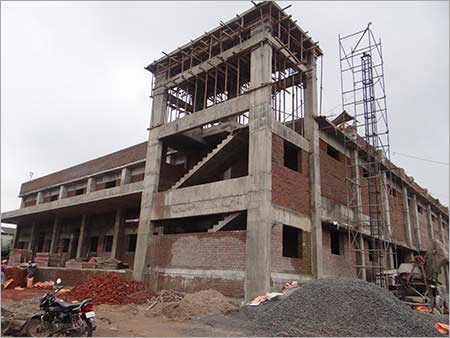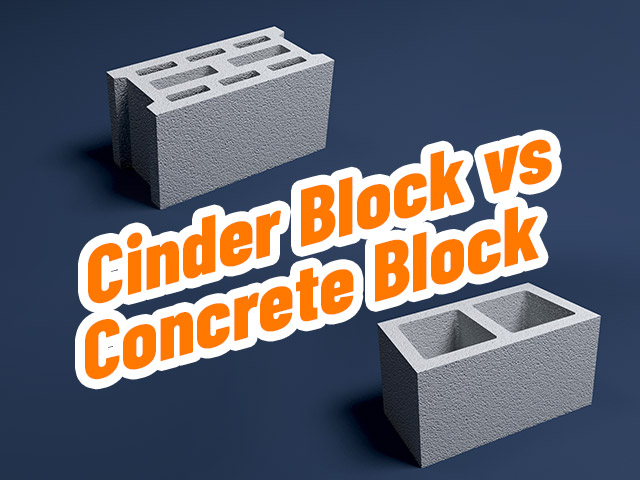The compacting factor test is designed primarily for use in the laboratory but it can also be used in the field. It is more precise and sensitive than the slump test and is particularly useful for concrete mixes of very low workability as are normally used when concrete is to be compacted by vibration.
Such a dry concrete is insensitive to slump test. The diagram of the apparatus is shown in Figure-1. The essential dimensions of the hoppers and mould and the distance between them are shown in the table below.

The compacting factor test has been developed at the Road Research Laboratory, UK, and it is claimed that it is one of the most efficient tests for measuring the workability of concrete. This test works on the principle of determining the degree of compaction achieved by a standard amount of work done by allowing the concrete to fall through a standard height.
The degree of compaction called the compacting factor is measured by the density ratio i.e., the ratio of the density actually achieved in the test to the density of same concrete fully compacted.
The sample of concrete to be tested is placed in the upper hopper up to the brim. The trap-door is opened so that the concrete falls into the lower hopper. Then the trap-door of the lower hopper is opened and the concrete is allowed to fall into the cylinder. In the case of a dry-mix, it is likely that the concrete may not fall on opening the trap-door. In such a case, a slight poking by a rod may be required to set the concrete in motion. The excess concrete remaining above the top level of the cylinder is then cut off with the help of plane blades supplied with the apparatus. The outside of the cylinder is wiped clean. The concrete is filled up exactly up to the top level of the cylinder. It is weighed to the nearest 10 grams. This weight is known as “Weight of partially compacted concrete”. The cylinder is emptied and then refilled with the concrete from the same sample in layers approximately 5 cm deep. The layers are heavily rammed or preferably vibrated so as to obtain full compaction. The top surface of the fully compacted concrete is then carefully struck off level with the top of the cylinder and weighed to the nearest l0 gm. This weight is known as “Weight of fully compacted concrete”.

The weight of fully compacted concrete can also be calculated by knowing the proportion of materials, their respective specific gravities, and the volume of the cylinder. It is seen from experience, that it makes very little difference in compacting factor value, whether the weight of fully compacted concrete is calculated theoretically or found out actually after IOO per cent compaction.
It can be realized that the compacting factor test measures the inherent characteristics of the concrete which relates very close to the workability requirements of concrete and as such it is one of the good tests to depict the workability of concrete.
Limitation of Compaction Factor Method:
- This method is not very good for dry mixes.
- Coarse and dry mixes are unduly favoured as the initial compaction of such mixes is greater for a given quantum of work than that in later stages when full compaction can be attained by the reorientation of the particles in the mix.
- In case, the maximum size of aggregate is very large than the mean size of aggregate particles, the drop into the lower hopper will produce segregation and will give an unreliable comparison of weights with other mixes of small maximum aggregate size.
- The method of introducing concrete into the cylinder does not bear any relation to any method of placing and compacting high-quality concrete.
- This method does not indicate any tendency of segregation of fine and coarse materials. It also does not indicate the ease with which the concrete can be finished and smooth surface obtained.
- This method is more accurate for medium to low workability i.e., for compacting factor 0.9 to 0.8. For concrete having compacting factor 0.7 or less, the test is not suitable. The relationship between a slump and compacting factor is shown in Figure-2.

I hope this article will help you. You may also want to see my other post from my Blog. If I have missed anything here, please let me know about that in the comment below this post.
Share it with your friends.
Happy Learning.
If you liked this article, then please help me to share this article with your friends through Facebook, Twitter, WhatsApp or Instagram. You can also find us on Facebook, Twitter, Instagram, Telegram Channel, YouTube Channel, and Pinterest. Also, Subscribe to our mailing list to get a new post update from us. And, do me a favour, if you find this post helpful, rate a 5 star below-




